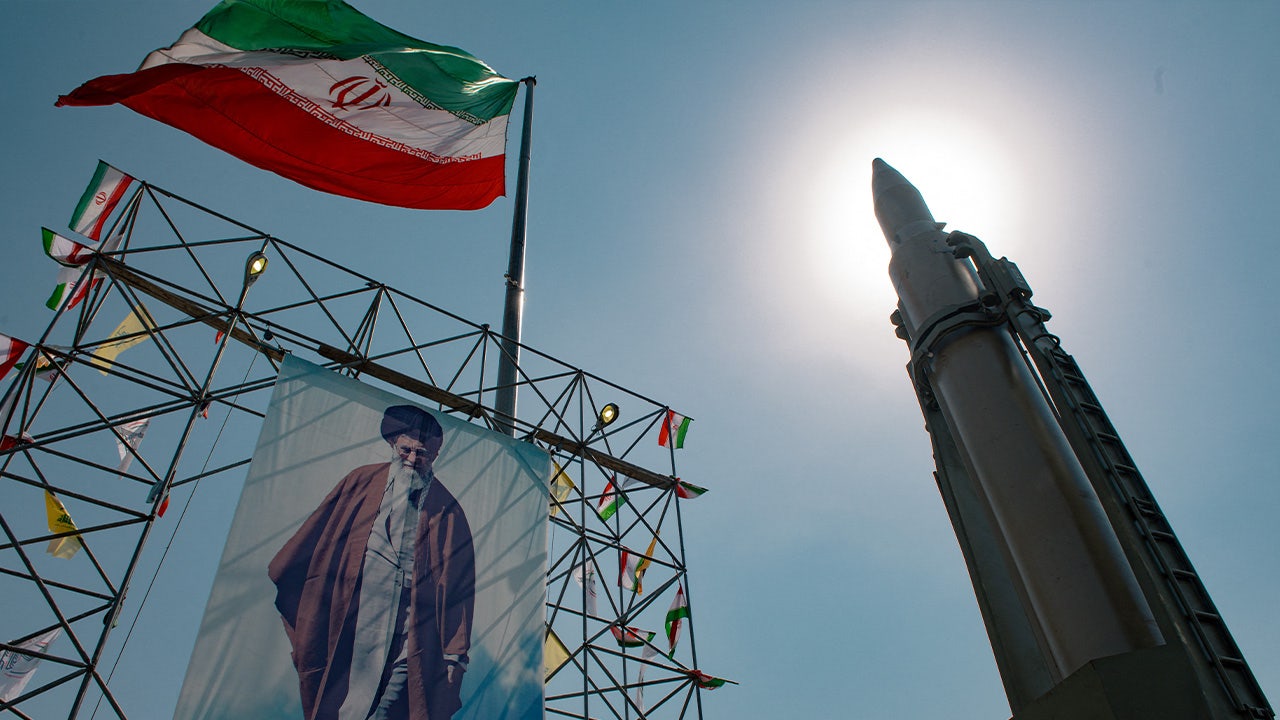Bussiness
U.S. raises tariffs significantly on EVs, other goods from China | CBC News

The U.S. plans to slap new tariffs on Chinese electric vehicles, advanced batteries, solar cells, steel, aluminum and medical equipment — an election-year move that’s likely to increase friction between the world’s two largest economies.
The tariffs are unlikely to have much of an inflationary impact because of how they’re structured. Administration officials said they think the tariffs won’t escalate tensions with China, yet they expect that China will explore ways to respond to the new taxes on their products. But the tariffs could contribute to a wider trade dispute, potentially leading to higher prices for consumers.
The tariffs are to be phased in over the next three years, with those that take effect in 2024 covering EVs, solar cells, syringes, needles, steel and aluminum and more. There are currently very few EVs from China in the U.S., but American officials worry that low-priced models made possible by Chinese government subsidies could soon start flooding the U.S. market.
Under the findings of a four-year review on trade with China, the tax rate on imported Chinese EVs is to rise to 102.5 per cent this year, up from total levels of 27.5 per cent. The review was undertaken under Section 301 of the Trade Act of 1974, which allows the government to retaliate against trade practices deemed in violation of global standards.
The Biden administration views China, with subsidies of its own manufacturing, as trying to globally control the EV and clean energy sectors, whereas it says its own industrial support is geared toward ensuring domestic supplies to help meet U.S. demand.
“We do not seek to have global domination of manufacturing in these sectors, but we believe because these are strategic industries and for the sake of resilience of our supply chains, that we want to make sure that we have healthy and active firms,” Treasury Secretary Janet Yellen told reporters Monday.
The new tariffs, at least initially, are largely symbolic since they will apply to only about $18 billion US in imports. A new analysis by Oxford Economics estimates that the tariffs — which would be implemented over time — will have a barely noticeable impact on inflation by pushing up inflation by just 0.01 per cent.
China’s response
For it’s part, China maintains that the tariffs are in violation of the global trade rules that the United States originally helped establish through the World Trade Organization.
The Chinese economy has been slowed by the collapse of the country’s real estate market and past pandemic lockdowns, prompting Chinese President Xi Jinping to try to jump-start growth by ramping up production of EVs and other products, making more than the Chinese market can absorb.
Chinese embassy spokesperson Liu Pengyu rejected U.S. claims that Beijing has encouraged excess factory capacity in order to dominate global trade in these goods. He also said that more expensive EVs and solar panels will make it more difficult to transition away from fossil fuels.
Chinese Foreign Ministry spokesperson Lin Jian said Friday that the planned new tariffs compounded the problems caused by tariffs that the Donald Trump administration had previously put on Chinese goods.
“Instead of ending those wrong practices, the U.S. continues to politicize trade issues, abuse the so-called review process of Section 301 tariffs and plan tariff hikes,” he said.
After a year of silence, U.S. President Joe Biden and Chinese President Xi Jinping spoke face-to-face for the first time ahead of this year’s APEC Summit in San Francisco. Both leaders acknowledged the importance of the meeting and of continuing dialogue.
It’s an election year
The tariffs come in the middle of a heated campaign between President Joe Biden and his Republican predecessor, Donald Trump, in which both candidates are vying to show who’s tougher on China.
Biden and Trump have overlapping but different strategies.

Biden sees targeted tariffs as needed to defend key industries and workers, while Trump has threatened broad 10 per cent tariffs against all imports from rivals and allies alike.
Biden has staked his presidential legacy on the U.S. pulling ahead of China with its own government investments in factories to make EVs, computer chips and other advanced technologies.
Trump tells his supporters that America is falling further behind China by not betting on oil to keep powering the economy, despite its climate change risks.
Biden administration officials have stressed that the decision on tariffs was made independently of November’s presidential election. But Lael Brainard, director of the National Economic Council, told reporters Monday that the tariffs would help workers in Pennsylvania and Michigan, two key battleground states.
What are some of the specific tariffs?
Under the Trade Act guidelines, the tariff rate is to double to 50 per cent on solar cell imports this year. Tariffs on certain Chinese steel and aluminum products will climb to 25 per cent this year. Computer chip tariffs will double to 50 per cent by 2025.
For lithium-ion EV batteries, tariffs will rise from 7.5 per cent to 25 per cent in 2024. But for non-EV batteries of the same type, the tariff increase will be implemented in 2026. There are also higher tariffs on ship-to-shore cranes (used for loading and unloading container ships), critical minerals and medical products.

The tariffs on ship-to-shore cranes will rise to 25 per cent from zero, those on syringes and needles will rise to 50 per cent from nothing now and some personal protective equipment (PPE) used in medical facilities will rise to 25 per cent from as little as zero per cent now. Shortages in PPE made largely in China hampered the U.S.’s COVID-19 response.
More tariffs will follow in 2025 and 2026 on semiconductors, whose tariff rate will double to 50 per cent, as well as lithium-ion batteries that are not used in elective vehicles, graphite and permanent magnets as well as rubber medical and surgical gloves.









